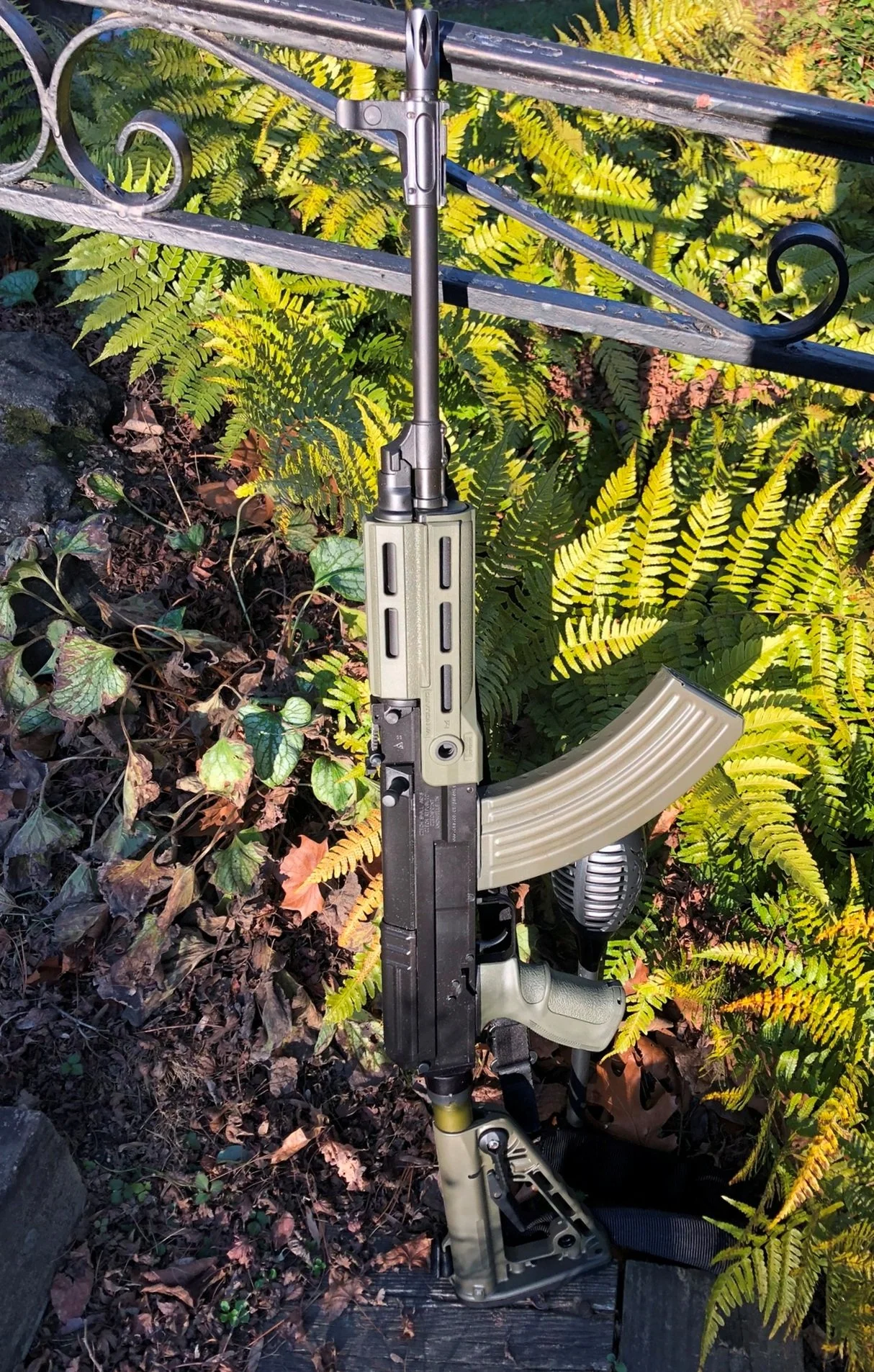The United States Munitions Import List
The USMIL
While it is one of the facts of the universe - like how Bald Eagles are majestic, Chris LeDoux is the eternal king of country music, and God Himself transmitted the specifications for the .45 ACP cartridge through the Bureau of Ordnance directly to John Moses Browning - that most of the best firearms and ammunition ever to exist are designed and made in America, there are still some very capable and fascinating small arms that are unlucky enough to come from other countries. Even the Managing Attorney recognizes this, and appreciates and enjoys the members of his collection that did not have the good fortune to be thought up and manufactured in the United States. Therefore, if one is truly to appreciate the firearms world in all its variety and beauty, the importation of small arms, parts, accessories, and ammunition becomes a necessity.
A lesser-known function of the AECA was the regulation of the imports of defense articles, while its main focus was to control their export. The Act authorized the President to exercise regulatory oversight of defense-related imports, and in the same Executive Order 11958 (revised and current under EO 13637), President Ford delegated to the Secretary of the Treasury that same power. Now under the authority of the Attorney General through the Department of Justice, the ATF promulgates regulations concerning the importation of “arms, ammunition, and implements of war.”
While containing more than simply a list of items and types of items controlled for import purposes, the regulations covered by 27 C.F.R. § 447 are collectively called the “United States Munitions List,” or the “USMIL.” Reflected by how much shorter it is than its counterparts under the ITAR and EAR, the USMIL is the simplest of the regulatory frameworks to navigate, but it is not without wrinkles and provisions that could not be logically deduced without intimate familiarity.
Some of the more perplexing parts of the USMIL concern the complex licensing, registration, and recordkeeping requirements, some of which involve dealing with the Department of State through the ITAR and USML, and with reimportation of items that are of U.S. origin and satisfy other criteria. Furthermore, it is important to note that while the USMIL covers permanent imports, temporary imports are still the province of the ITAR and EAR.

